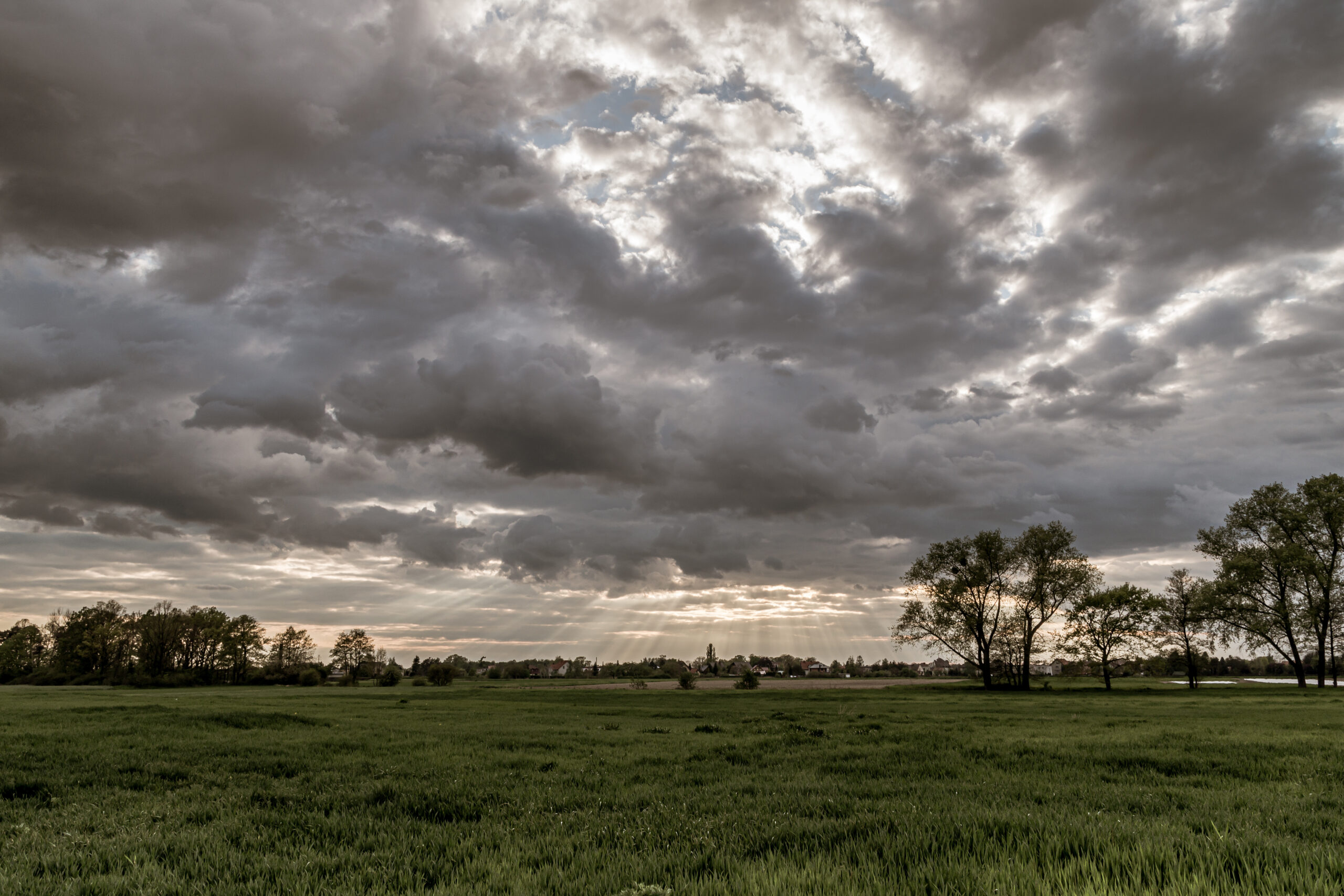Introduction
Unveiling the Secrets of Bhubaneswar Weather: What You Need to Know
Unveiling the Secrets of Bhubaneswar Weather: What You Need to Know.When it comes to planning a trip or relocating to a new city, understanding the local weather patterns is crucial. Bhubaneswar, the capital city of the eastern Indian state of Odisha, is known for its diverse climate and unique weather conditions. In this article, we will uncover the secrets of Bhubaneswar weather, providing you with valuable insights to help you prepare and make the most of your time in this vibrant city.
Overview of Bhubaneswar Weather
Bhubaneswar experiences a tropical savanna climate characterized by hot summers, heavy monsoon rains, and cool winters. The city is located on the eastern coast of India, close to the Bay of Bengal, which significantly influences its weather patterns. Understanding the distinct seasons and their characteristics will help you plan your visit or stay in Bhubaneswar effectively.
Seasons in Bhubaneswar
Summer
Unveiling the Secrets of Bhubaneswar Weather: What You Need to Know
The summer season in Bhubaneswar spans from March to June. During this time, the city experiences scorching heat with temperatures soaring as high as 45°C (113°F). The weather can be quite harsh and humid, making it essential to stay hydrated and take necessary precautions to protect yourself from the sun.
Monsoon
Bhubaneswar receives heavy rainfall during the monsoon season, which typically lasts from June to September. The city comes alive with lush greenery as the rain rejuvenates the surroundings. Monsoons in Bhubaneswar can be intense, with occasional thunderstorms and strong winds. It is advisable to carry an umbrella or raincoat and be cautious of waterlogging in certain areas.
Winter
The winter season in Bhubaneswar, from October to February, brings relief from the scorching heat of summer. The temperatures range between 16°C (61°F) and 28°C (82°F), making it quite pleasant for outdoor activities. However, evenings and early mornings can be cooler, so it’s advisable to carry a light jacket or sweater during these times.
Average Temperature and Precipitation
Bhubaneswar experiences significant variations in temperature throughout the year. The average annual temperature is around 27°C (81°F). Summers can be extremely hot, with temperatures exceeding 40°C (104°F). During the monsoon season, the city receives an average rainfall of about 1,500 mm, contributing to its lush green landscape. Winters are mild, with temperatures ranging from 16°C (61°F) to 28°C (82°F).
Extreme Weather Events
Cyclones
Unveiling the Secrets of Bhubaneswar Weather: What You Need to Know
Being situated on the eastern coast of India, Bhubaneswar is susceptible to cyclones. These powerful weather systems can bring heavy rainfall, strong winds, and storm surges, leading to flooding and damage to infrastructure. It’s important to stay updated with the weather forecasts during cyclone seasons and follow the instructions provided by local authorities.
Heatwaves
Bhubaneswar occasionally experiences heatwaves during the summer season. These periods of prolonged and extreme heat can be dangerous, leading to heat-related illnesses. It is crucial to stay hydrated, avoid direct exposure to the sun during peak hours, and seek shelter in air-conditioned or shaded areas.
Best Time to Visit Bhubaneswar
The best time to visit Bhubaneswar is during the winter season, from October to February when the weather is pleasant and comfortable. The cool temperatures make it ideal for exploring the city’s rich cultural heritage, including its ancient temples and historical sites. However, if you enjoy the monsoon ambiance and don’t mind occasional rain showers, visiting during the monsoon season can be a refreshing experience.
Tips for Dealing with Bhubaneswar Weather
- Stay hydrated, especially during the scorching summer months.
- Carry an umbrella or raincoat during the monsoon season.
- Protect yourself from the sun by wearing sunscreen, hats, and sunglasses.
- Dress in light and breathable clothing to stay comfortable in the tropical climate.
- Keep an eye on weather forecasts and be prepared for any extreme weather events.
Conclusion
Bhubaneswar’s weather is a unique blend of hot summers, heavy monsoons, and cool winters. Understanding the city’s climate patterns and being prepared for different seasons will ensure a pleasant and enjoyable experience during your visit or stay. Whether you explore its ancient temples, indulge in local cuisine, or witness its vibrant festivals, Bhubaneswar has something to offer all year round.
FAQs
- Is Bhubaneswar prone to cyclones?
- Yes, Bhubaneswar is situated on the eastern coast of India and is prone to cyclones during certain seasons.
- When is the best time to visit Bhubaneswar?
- The best time to visit Bhubaneswar is during the winter season, from October to February.
- How hot does it get in Bhubaneswar during the summer?
- Bhubaneswar experiences scorching heat during the summer, with temperatures exceeding 40°C (104°F).
- What should I pack for my trip to Bhubaneswar?
- Pack light and breathable clothing, sunscreen, hats, sunglasses, an umbrella or raincoat, and a light jacket for cooler evenings.
- How much rainfall does Bhubaneswar receive during the monsoon season?
- Bhubaneswar receives an average rainfall of about 1,500 mm during the monsoon season.

